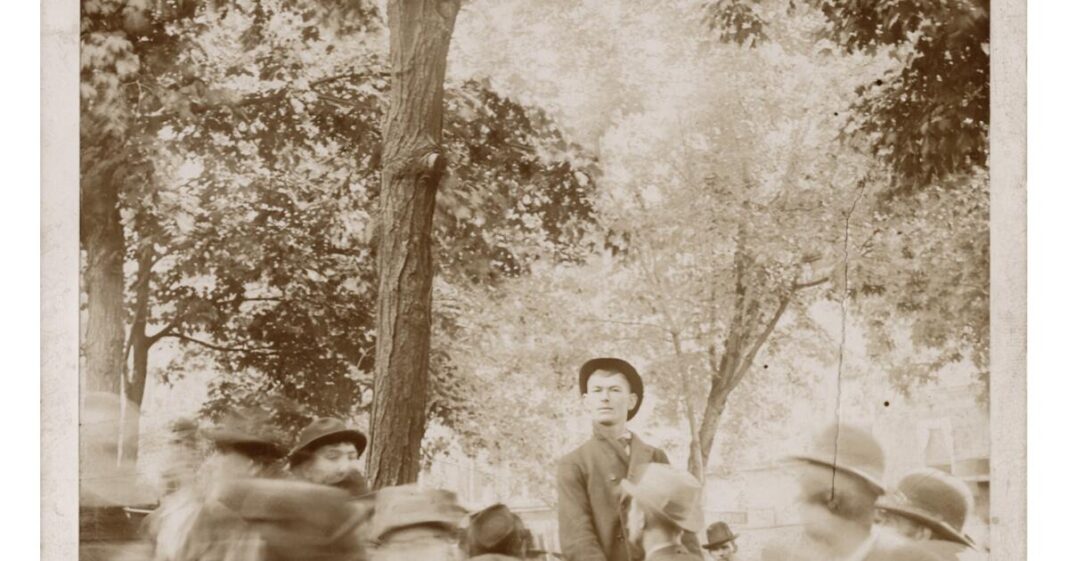A Bold Artistic Encounter: Robert Rauschenberg and Willem de Kooning
In 1953, a significant episode unfolded in the art world—a young, relatively unknown artist named Robert Rauschenberg, at the tender age of 26, knocked on the studio door of renowned painter Willem de Kooning, who was 49 and riding a wave of newfound success in postwar New York. Rauschenberg’s intentions were anything but conventional; he wasn’t there for a casual exchange of artwork, a common practice among artists of the time. Instead, he was there to request a drawing, but with a provocative aim: he wanted to erase it. This request represented not just an artistic endeavor but also a symbolic confrontation between a rising generation of artists and an established figure.
Rauschenberg’s audacious act was laden with Oedipal undertones—a calculated challenge aimed at dismissing the older artist’s influence on the burgeoning postmodern scene. De Kooning, recognizing the importance of this gesture, graciously complied. By erasing De Kooning’s drawing, Rauschenberg wasn’t simply obliterating an artwork; he was enacting a critical commentary on authority, tradition, and the evolving landscape of artistic dialogue. The act resonated with the spirit of a generation eager to redefine the boundaries and expectations of art.
Ken Gonzales-Day: Erasure as a Symbol of Historical Examination
Fast forward to today, and the themes of erasure and artistic commentary have reemerged, distinctly manifested in the works of contemporary artist Ken Gonzales-Day. His exhibition, “Ken Gonzales-Day: History’s ‘Nevermade’” at USC’s Fisher Museum of Art, showcases a gripping exploration of how social erasure functions within the fabric of American life. Addressing issues of identity, race, gender, and class, Gonzales-Day challenges viewers to reconsider not just what is present in art—but what is absent.
The exhibit offers a retrospective glimpse into Gonzales-Day’s artistic journey, utilizing the powerful concept of erasure to bring forth a new understanding of identity as a nuanced question rather than a fixed answer. While the Fisher Museum may lack the spaciousness for a full retrospective of an artist of Gonzales-Day’s standing, the impact of his work is undeniable, especially in our current sociopolitical climate.
The Impact of Erasure in Gonzales-Day’s Work
Beginning around 2002, Gonzales-Day embarked on a profound exploration of historical injustices through forgotten photographs documenting brutal acts in the American West—focusing notably on lynching. By digitally rephotographing these old images, Gonzales-Day skillfully erased the corpses and the horrendous instruments of murder, leaving behind only the haunting context of those moments. This reversal transforms the focus from typical sensationalism around violence to the oppressive weight of collective memory and societal complicity.
A striking example of this technique is in Gonzales-Day’s work “The Wonder Gaze, St. James Park (Lynching of Thomas Thurmond and John Holmes, San Jose, 1933).” Created in 2006, this piece starkly illustrates the aftermath of a notorious lynching, where two men were publicly executed in a severe act of racial terror. The digital erasure of the victims leaves a chilling emptiness in a context flooded with witnesses—rousing questions about complicity and voyeurism within society.
The Emotional Landscape of Gonzales-Day’s Art
“The Wonder Gaze” does not just document brutality but also examines the role of spectators: the crowd that assembled to witness the spectacle of violence. The figures in the image appear as shadows, gazing at an empty tree—a symbol of death and violence. This absence evokes a palpable tension between the historical act and the present, forcing viewers to confront their disconnect from brutal realities that have shaped our collective history.
Gonzales-Day’s work resonates powerfully with contemporary audiences, shedding light on 350 documented instances of lynching in California, often overlooked in historical narratives. The scale and detail of his photographs, often displayed as monumental murals, pull the viewer into an immersive experience that challenges preconceived notions of morality, identity, and violence.
The Ghost of Historical Erasure: A Complex Artistic Narrative
Alongside the digital transformation of lynching images, Gonzales-Day recently delves into historical printmaking and painting related to European colonization. By appropriating and then erasing figures from these historical artifacts, he exposes the racial hierarchies embedded in cultural representations. His work encapsulates the complexities of identity and power structures that continue to exist today, sparking dialogues around erasure and recognition in societal contexts.
In a drawing entitled “Untitled (After Juan Patricio Morlete Ruiz … Mexico, circa 1760),” Gonzales-Day presents a landscape devoid of characters, eliciting a haunting sense of void where once there were clear societal roles. This emphasis on absence speaks volumes, reflecting the historical erasure faced by marginalized communities over centuries.
Art as a Conduit for Cultural Reflection
This exploration of erasure goes beyond mere aesthetics; it serves as a vital commentary on the present-day issues of visibility and representation. Gonzales-Day is more than an artist; he is a historian whose work compels audiences to confront the echoes of past atrocities while considering their relevance today. This interplay of visibility, erasure, and cultural memory resonates deeply, especially in light of modern political and social upheaval.
Through Gonzales-Day’s lens, the inequities of history and their visual manifestations become a starting point for critical discussions about race, identity, and the very nature of societal power. The choice to engage with erasure not only critiques the act itself but also prompts viewers to examine what remains in its wake—questions of morality, complicity, and ultimately, humanity itself. His work invites an introspective journey through the remnants of our collective history, further challenging us to consider what we choose to remember and what—unfortunately—remains unexcited and unacknowledged.
Exhibition Details
Ken Gonzales-Day: History’s “Nevermade”
Where: USC Fisher Museum of Art, 823 W. Exposition Blvd., Los Angeles
When: Through March 14, 2026; closed Sunday and Monday
Tickets: Free
Contact: (213) 740-4561, usc.edu/fisher
The dialogue sparked by Gonzales-Day’s work invites audiences to reflect not only on art itself but also on the broader societal implications it carries, making it an unmissable exhibition for anyone invested in understanding the deeper currents of cultural history.



